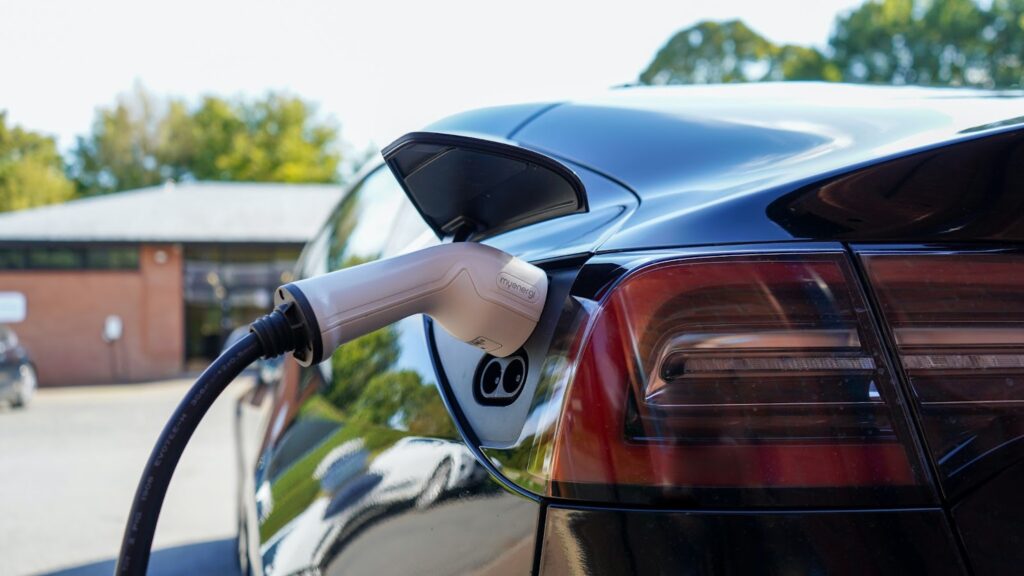Electric vehicles (EVs) aren’t immune to unfounded myths about them floating out on the internet. There are many misgivings about EVs and if they truly are more sustainable and emissions-free. Scientific studies have proven many of these misconceptions and criticisms to be incorrect.
Studies on Battery Production
Some studies have claimed EVs are not as sustainable as advertised. The hypothesis was that the energy used to charge batteries and the resources needed to manufacture them still leave a large emissions footprint. However, a new study finds this notion false, and production is less polluting than originally thought.
Thanks to the GREET Model, a data analysis system that measures industry data related to cathode material consumption and battery cell production, new figures have found that emissions from the assembly are so low it’s regarded as negligible. GREET shows lower energy consumption in manufacturing means fewer emission values.

The International Council on Clean Transportation (ICCT) conducted the study, compiling data from four EV-heavy regions: the U.S., Europe, India, and China.
While it was assumed that battery production was done domestically by the four areas, the expansion of manufacturing capabilities supports the notion that further carbon reduction in producing graphite batteries could follow. Thanks to improved creation methods, EVs could be 20% less emission-producing by 2030 than 2021 figures.
Production Costs Lessen
In addition, battery production costs are decreasing, and the decline actually partly offsets greenhouse gas (GHG) emissions. EVs are not overly harmful to make since the creation methods continue to improve. Materials are also expanding, with lithium-ion and graphite batteries improving daily.
“Now that the electric vehicle industry has started to scale up, and we have commercial-scale battery production facilities running and have real data from them, we understand that the typical emissions from producing batteries are actually much, much lower than we previously believed,” said Stephanie Searle, program director at ICCT.
Emissions from Charging
The significant emissions that come from EVs have to do with electricity generation. If you’re charging off a state grid, you might release emissions from generating electricity, especially if your state is burning coal.
However, the Environmental Protection Agency asserts that EVs are better for the climate because of the zero-tailpipe emissions. With many countries turning to solar, wind, hydro, and other renewable energy sources, EV emissions will still be lower in production and transportation compared to gasoline cars.

Battery Reuse and Recycling
Even when batteries are at the end of their life cycle, they have other uses. They can be recycled into a second-life storage application, transporting and storing renewable energy.
Studies indicate that’s the most eco-friendly and economical way to keep them out of landfills.
Even after a lithium-ion battery goes through an 8- to 12-year life cycle, it can still be refurbished. Some manufacturers like Tesla and Nissan even offer them to customers.
Battery recycling could lower emissions even further. It would cut out the need for mineral mining, resulting in fewer costs and emissions. Some recycled versions have outperformed brand-new cells.
With the transportation sector contributing 25% of GHG emissions, everyone must adopt zero-emission vehicles to make a difference. Debunking the common myths about EVs will help speed up the process.
“If you buy a vehicle today, the electricity that’s being used to charge it today is one thing, but that vehicle is going to be around for 15 to 18 years, and the electric grid is going to decarbonize over that time,” Searle affirmed.





